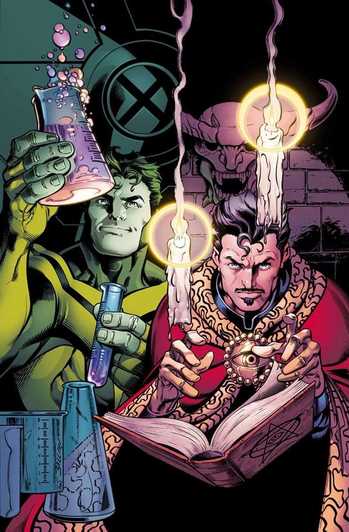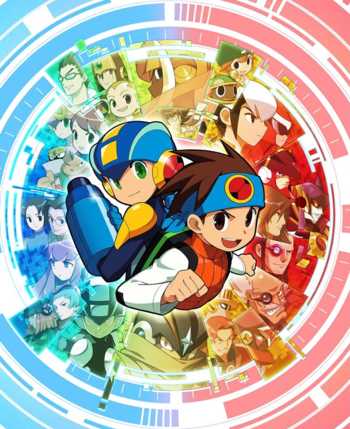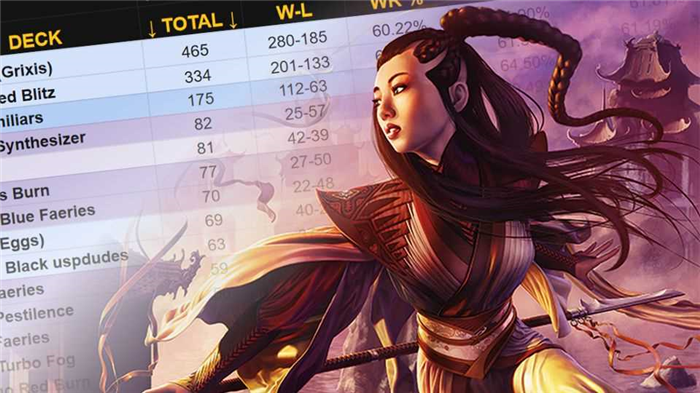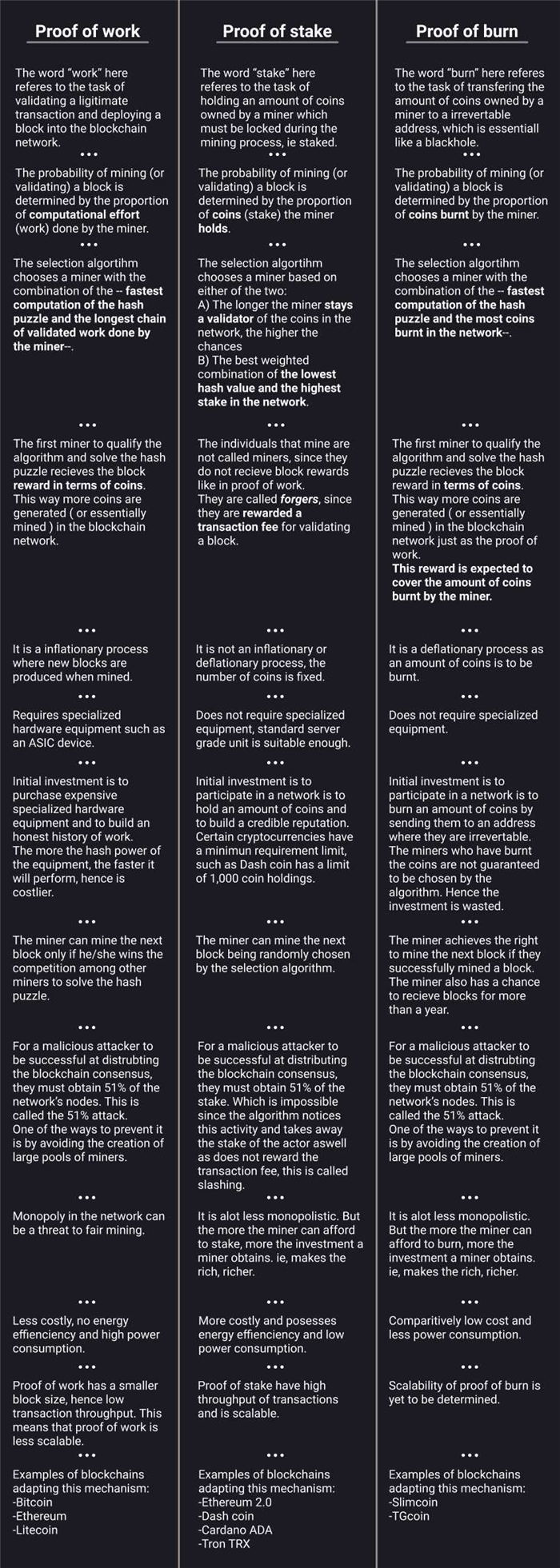Comparing Tron and Burn: A Detailed Analysis of Their Distinctions and Connections – TronLink Wallet Trusted by over 10,000,000 users
Comparing Tron and Burn: A Detailed Analysis of Their Distinctions and Connections
In the fast-paced world of cryptocurrency, Tron and Burn have emerged as two major players, each with its own unique features and potential for growth. Tron, often touted as the “Ethereum killer,” offers a decentralized platform for the creation and distribution of content, while Burn aims to revolutionize the cryptocurrency market through its deflationary token model. In this article, we will delve into the key differences and similarities between these two cryptocurrencies, providing insights into their respective strengths and weaknesses.
Tron, founded by Justin Sun, has quickly gained popularity for its ambitious vision of a decentralized internet. Powered by blockchain technology, Tron provides a platform for content creators to connect directly with consumers, eliminating the need for intermediaries. This not only empowers content creators by allowing them to retain a larger portion of their earnings, but also offers consumers the opportunity to access content without the burden of subscription fees or intrusive advertisements. With a focus on scalability and high transaction speeds, Tron aims to revolutionize the entertainment industry and offer a truly decentralized alternative to traditional platforms.
Burn, on the other hand, takes a different approach to revolutionizing the cryptocurrency market. Instead of focusing on content creation and distribution, Burn introduces a deflationary token model that aims to increase token value over time. With each transaction, a small portion of the tokens is burned, reducing the overall supply and potentially driving up demand. This model incentivizes holders to keep their tokens rather than trade or sell them, as scarcity increases the value of the remaining tokens. While this deflationary mechanism has been met with skepticism by some, others see it as a way to combat inflation and create a sustainable cryptocurrency ecosystem.
Despite their differences, Tron and Burn share some similarities that make them attractive options for investors and crypto enthusiasts. Both cryptocurrencies operate on blockchain technology, ensuring transparency and immutability of transactions. Additionally, Tron and Burn both have strong communities of supporters who believe in the potential of these projects. Whether you are interested in content creation or exploring new financial models, Tron and Burn offer unique opportunities to get involved in the cryptocurrency space.
Understanding Tron
Tron is a blockchain-based platform that aims to create a decentralized internet. It was founded by a non-profit organization called the Tron Foundation in 2017. The platform utilizes blockchain technology to enable developers to build and deploy decentralized applications (DApps) and smart contracts.
One of the key features of Tron is its focus on content entertainment. The platform aims to revolutionize the entertainment industry by allowing content creators to distribute their work directly to consumers, avoiding intermediaries and reducing costs. Tron also aims to provide a transparent and fair reward system for content creators, ensuring that they receive proper compensation for their work.
Tron Token (TRX)

Tron has its own native cryptocurrency called Tronix (TRX). TRX can be used within the Tron network to pay for services, transfer funds, and participate in the governance of the platform. It is also used as a reward for content creators within the Tron ecosystem.
Tron Virtual Machine (TVM)
The Tron Virtual Machine (TVM) is a key component of the Tron platform. It is a lightweight, Turing complete virtual machine that allows developers to execute smart contracts on the Tron blockchain. The TVM is compatible with the Ethereum Virtual Machine (EVM), which makes it easier for developers to migrate their existing Ethereum-based DApps to the Tron platform.
In conclusion, Tron is a blockchain platform that aims to create a decentralized internet and revolutionize the content entertainment industry. With its native cryptocurrency TRX and the Tron Virtual Machine (TVM), Tron offers developers and content creators a powerful ecosystem to build and distribute decentralized applications and smart contracts.
Exploring the Burn Option

One key difference between Tron and Burn lies in their approach to burning tokens. The burn option refers to the intentional destruction of tokens, reducing the total supply and increasing the scarcity of the remaining tokens. While both Tron and Burn utilize this option, there are key differences in the way it is implemented.
Tron incorporates a burn mechanism in its network, allowing users to choose whether or not to participate in the burning of tokens. This can be done by sending tokens to a specified burn address, from where they are permanently removed from circulation. The burning of tokens on the Tron network serves multiple purposes, including reducing inflation and increasing the value of remaining tokens.
On the other hand, Burn has a dedicated burn functionality built into its token contract. The burn option is typically used to destroy tokens that are no longer needed or to manipulate the token’s supply for various reasons. When tokens are burned on the Burn network, they are permanently destroyed and cannot be recovered. This can have significant implications for the token’s value and overall market dynamics.
It’s important to note that the burn option should be used judiciously. While it can be an effective way to increase scarcity and potentially drive up the value of a token, excessive burning can lead to liquidity issues and negative market sentiments. Furthermore, the burn option may not be suitable for all types of tokens and projects, as it could undermine the token’s utility or disrupt its ecosystem.
In conclusion, both Tron and Burn offer the burn option as a means of reducing token supply and increasing scarcity. However, the implementation and consequences of burning tokens differ between the two networks. It is crucial for token issuers and users to carefully consider the implications of burning tokens before opting for this strategy.
Comparing Tron and Burn

When comparing Tron and Burn, it is important to consider both the similarities and differences between these two cryptocurrencies. While both Tron and Burn are decentralized and operate on blockchain technology, there are distinct features that set them apart.
Similarities

- Decentralization: Both Tron and Burn operate on a decentralized network, allowing for transparent and secure transactions.
- Blockchain Technology: Tron and Burn utilize blockchain technology, which enables peer-to-peer transactions, immutability, and decentralization.
- Scalability: Both cryptocurrencies have implemented solutions for scalability, allowing for a high volume of transactions per second.
Differences

- Objectives: Tron aims to create a decentralized entertainment and content-sharing platform, while Burn focuses on providing an efficient and secure way to trade and store digital assets.
- Token Supply: Tron has a total supply of 100 billion TRX tokens, while Burn has a maximum supply of 500 million BURN tokens.
- Consensus Mechanism: Tron utilizes a delegated proof-of-stake (DPoS) consensus mechanism, whereas Burn uses a modified proof-of-stake (PoS) consensus mechanism.
- Community: Tron has a large and active community, with a strong presence in the entertainment and gaming industries. Burn, on the other hand, has a smaller but dedicated community focused on digital asset trading and security.
Overall, Tron and Burn may share some similarities as decentralized cryptocurrencies, but their objectives, token supplies, consensus mechanisms, and target communities set them apart. It is important for investors and users to consider these factors when choosing which cryptocurrency to support and engage with.
What is the background of the Battle of Tron vs Burn?
The Battle of Tron vs Burn refers to the ongoing debate in the crypto community about which blockchain platform, Tron or Binance Smart Chain (BSC), is better.
What are the key differences between Tron and Binance Smart Chain?
Tron and Binance Smart Chain differ in several ways. Tron is built on its own blockchain protocol, while Binance Smart Chain is a parallel chain to the Binance Chain. Tron uses a delegated proof-of-stake (DPoS) consensus mechanism, while Binance Smart Chain uses a proof-of-staked-authority (PoSA) consensus mechanism. Tron has its own native cryptocurrency called TRX, while Binance Smart Chain has BNB as its native cryptocurrency. Tron has a higher block time and lower transaction fees compared to Binance Smart Chain. Additionally, Tron has a larger ecosystem of decentralized applications (DApps), while Binance Smart Chain has gained popularity due to its integration with the Binance exchange.


